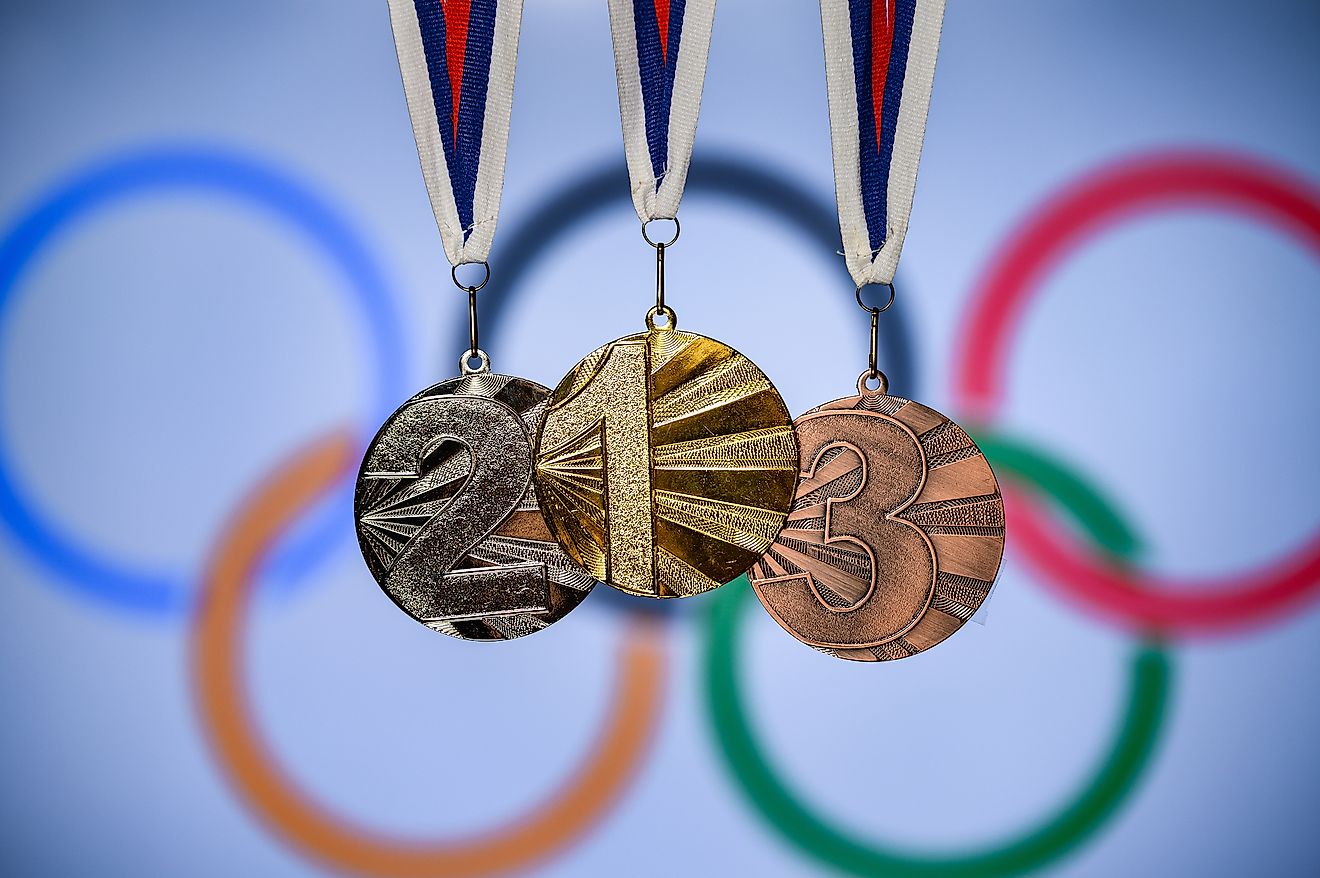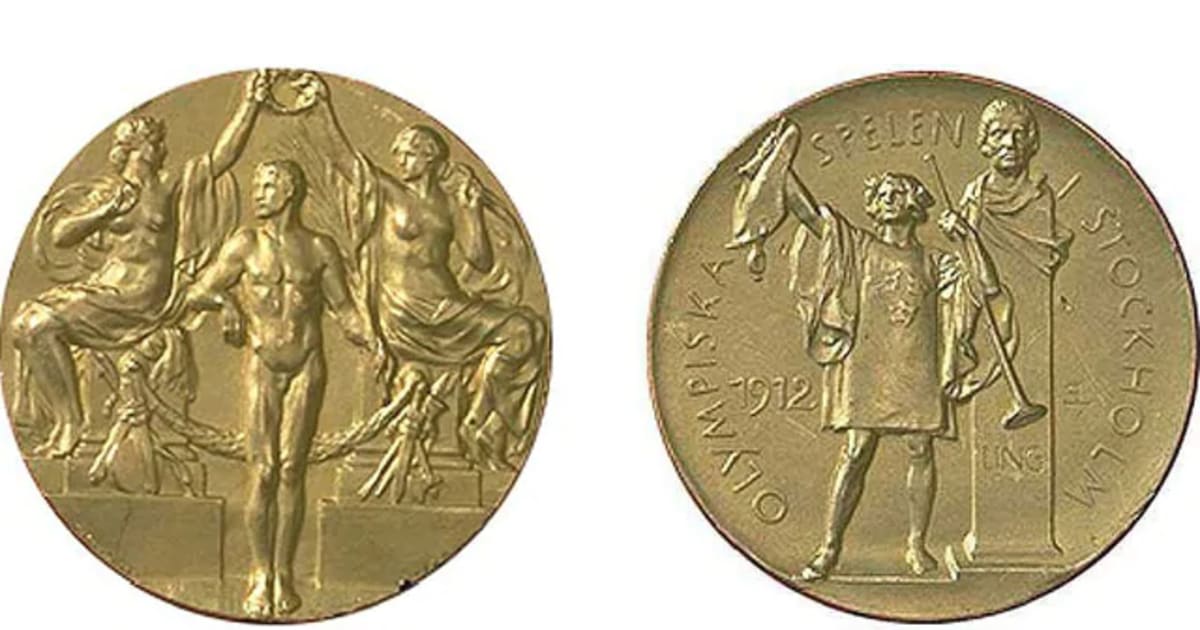Between 1912 and 1952 51 olympic medals were awarded for the fine arts this included medals for painting sculpture literature music and architecture

Olympic Medals for Fine Arts

Did you know that between 1912 and 1952, the Olympics awarded 51 medals for the fine arts? It may seem surprising, but in addition to the athletic events that we associate with the Olympic Games, there was also a recognition of creativity and artistic talent. These medals were given in various categories, including painting, sculpture, literature, music, and architecture.
The inclusion of fine arts in the Olympic Games aimed to celebrate the profound connection between sports and culture. While the athletic competitions showcase physical prowess and determination, art honors the intellectual and creative side of human achievement. By recognizing the importance of both, the Olympics sought to bring together the various facets of human excellence.
The idea of awarding medals for art started in 1912 when the International Olympic Committee introduced the Olympic art competitions. Participants from around the world were invited to submit their works for consideration. The art competitions took place alongside the sporting events, allowing visitors to appreciate both the physical and aesthetic accomplishments of athletes and artists alike.
The art competitions had their own set of guidelines and categories. Medals were not awarded for subjective artistic quality; instead, they were based on technical skill, composition, and adherence to the Olympic theme. The winners received the same recognition as their athletic counterparts, standing proudly on the podium and hearing their national anthems play in the background.
Painting and sculpture were among the most popular categories in the Olympic art competitions. Artists submitted their creations, portraying various sporting events or representing the spirit of the Olympic Games. Literature, music, and architecture also played significant roles, capturing the essence of the Olympics through words, melodies, and intricate designs.
Despite its initial popularity, the Olympic art competitions eventually came to an end. The last official medals for art were awarded in 1952. While the idea of merging sports and art was commendable, it faced challenges in terms of judging criteria and the subjectivity of artistic evaluation. Additionally, the focus on physical competition took precedence, leading to the exclusion of art from the official Olympic program.
Nevertheless, the recognition of fine arts during those years left a lasting legacy. It highlighted the integral role of art in society and showcased the creativity and talent of artists worldwide. Although the medals are no longer awarded, the Olympic art competitions serve as a reminder that the pursuit of excellence extends beyond the realm of athleticism.
In conclusion, between 1912 and 1952, the Olympic Games presented 51 medals for the fine arts, encompassing painting, sculpture, literature, music, and architecture. These medals were a testament to the harmonious relationship between sports and art, celebrating human excellence in multiple dimensions.
Tags
Share
Related Posts
Quick Links
Legal Stuff


